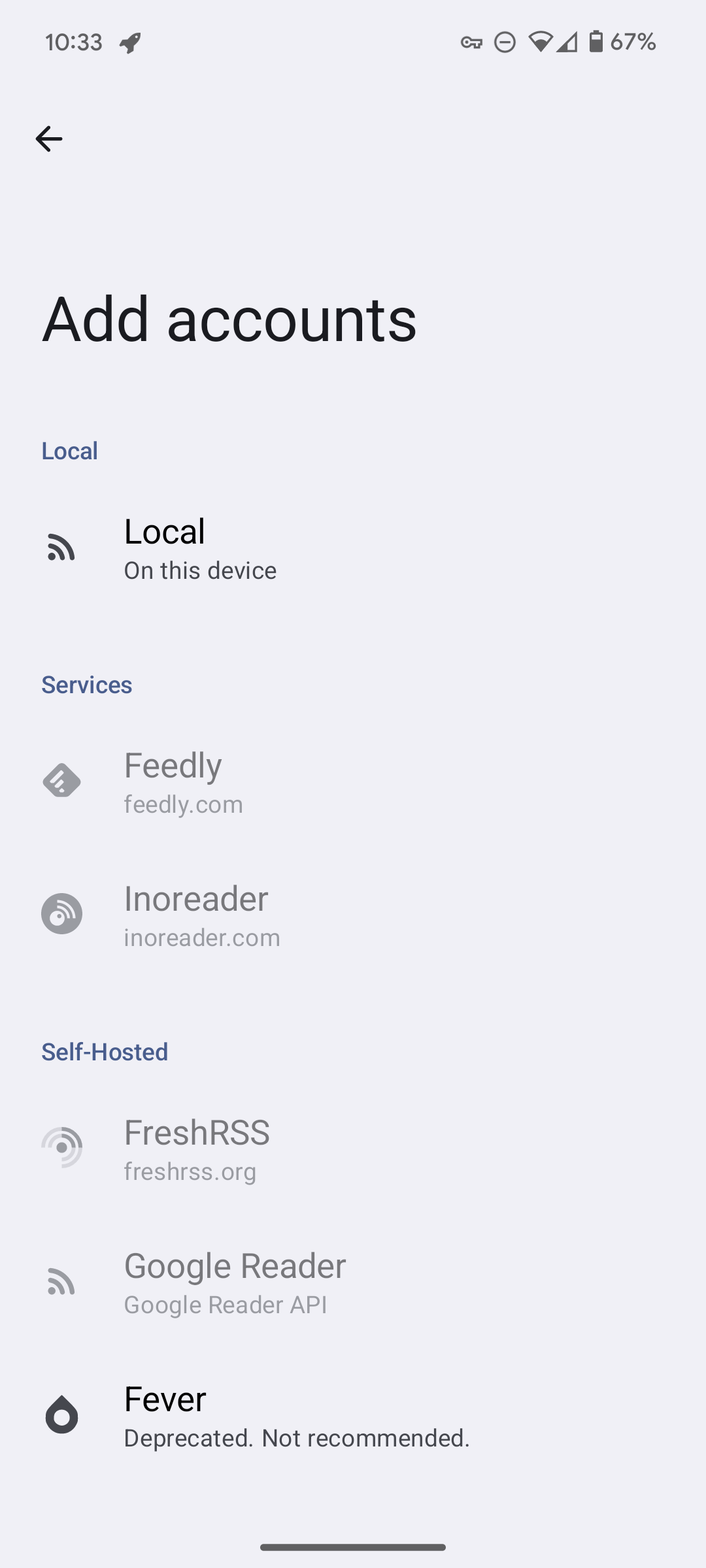- 3 Posts
- 15 Comments

 0·6 months ago
0·6 months agoServer is running the password manager for myself and family, and that needs to stay on while gone (there are ways of handling local copies and they sync later, but when ive accidentally had to troubleshoot that it sucks).
Then ive got nextcloud, which while i don’t normally need things on there i do enough that it is nice to have.

 0·11 months ago
0·11 months agoDatasette is a neat tool intended to publish static data in a sqlite database on the web with a helpful gui and a bunch of extensions available. I havent come across a good enough reason to do it myself, but may do what you want.
You can spin it up locally and it wont be on the web at all, just accessed via your browser if thats what you want.

 1·11 months ago
1·11 months agoUnrelated to your actual post (plan to read later), but is your RSS busted? The rss link on the webpage gives a 404 and my RSS reader is erroring on it as well…

 2·1 year ago
2·1 year agoIve got this working with Caddy and Adguard
I use Caddy as my reverse proxy. It is running on the machine in the basement with all the different docker-container-services on different ports. My registrar is set up so that *.my-domain.com goes to my IP.
Caddy is then configured for ‘service-a.my-domain.com’ to port 1234, and the others going to their ports. This is just completely standard reverse proxy.
For some subdomains (i.e. different services) ive whitelisted only the local network. There is some config for that.
Im pretty sure that I also have to have adguard do a dns rewrite on the local network as well. That is, adguard has a rewrite for ‘*.my-domain.com’ to go to 192.168.0.22 (the local machine with caddy). I think i had to do this to ensure that when the request gets to caddy it is coming from the local whitelisted network rather than my public IP (which changes every couple months, but could be more).

 1·1 year ago
1·1 year agoWhen i was doing a headless install, i spend a hour or two trying to figure out how to pre setup configs for the debian installer or how to do it over network or what before i finally lugged the new machine to the other room and plugged it into the monitor and keyboard of the main rig, installed it all (and set up ssh so i can later get into from the main rig), and unplugged it.
My point is, even if it isnt trivial to have the keyboard and monitor, it may be much easier to get them than to really do an install without them.

 2·1 year ago
2·1 year agoIve got some stuff that i think is similar to what you are trying where i have an excel file template and use python to read from the database and populate cells in excel and then save a pdf.
There are a couple different options for python libraries - openpyxl, xlwings, or pywin32.
It is annoying and goofy, but works. Excel can be very flexible with getting everything sized just right for what your final output/pdf should look like.

 1·1 year ago
1·1 year agoIve started using homebox and i like it. Granted, i only use it for myself right now, not sure how it works for multiple people and public vs private repos

 7·1 year ago
7·1 year agoThanks!
If im doing this right, the url is just the releases page for the repo with a .atom at the end. So for Vaultwarden it is https://github.com/dani-garcia/vaultwarden/releases.atom

 3·1 year ago
3·1 year agoWhat incredibly obvious thing am i missing that i cant add my freshrss account? It is all just greyed out…

I got this today as well, heading on over to namecheap where i have another domain already (have not confirmed how good the DDNS is, tho).

 2·1 year ago
2·1 year agoAm i reading it wrong, or is the product Clarity (with a T), not Clarify (with an F)?

 41·2 years ago
41·2 years agoActual AI? Or chatbots?

 1·2 years ago
1·2 years agoIm amused that the repo for it is on github and not on, well, Gitness
I appreciate the ability for the tor-like layered routing with tribler. Getting the headless UI set up is annoying, though.